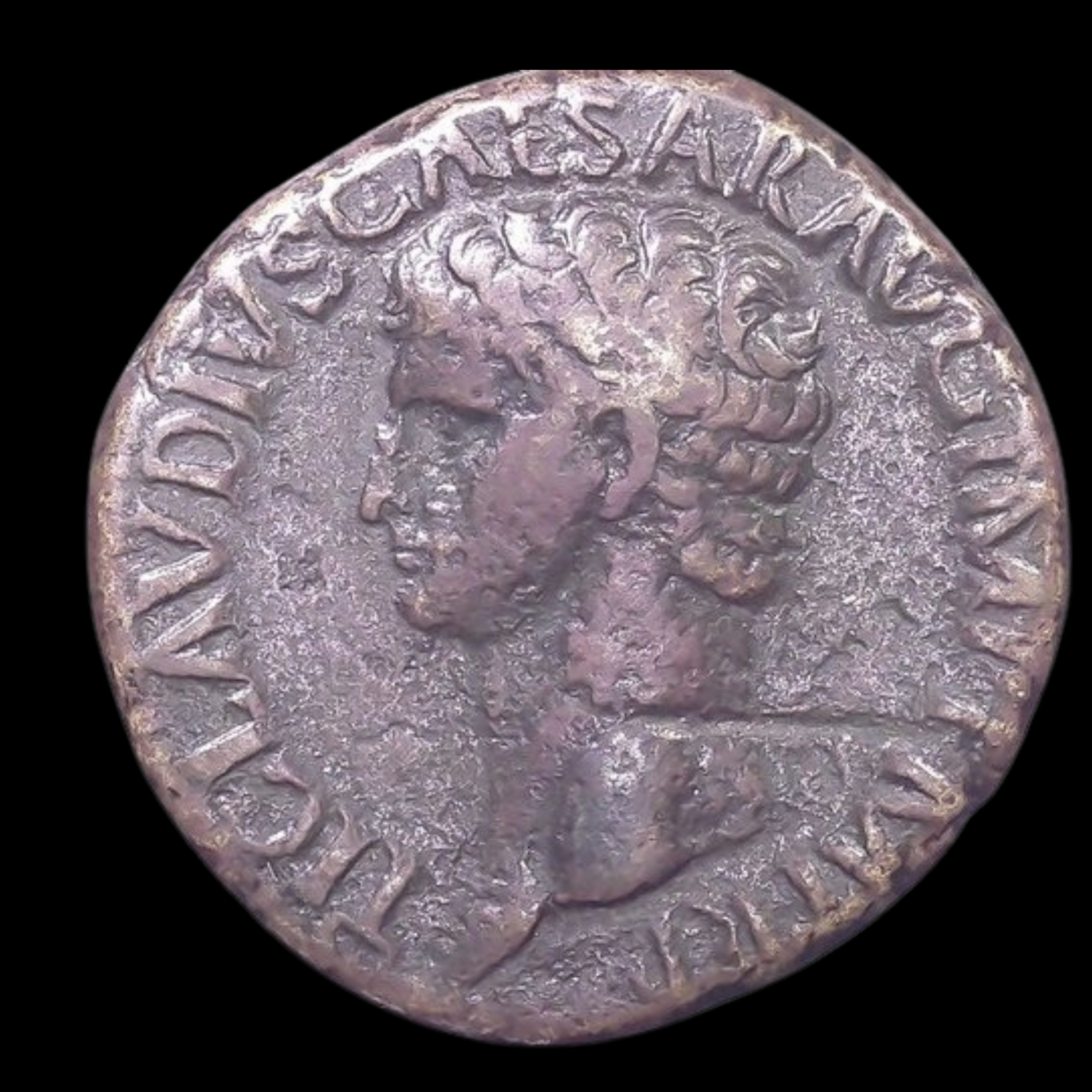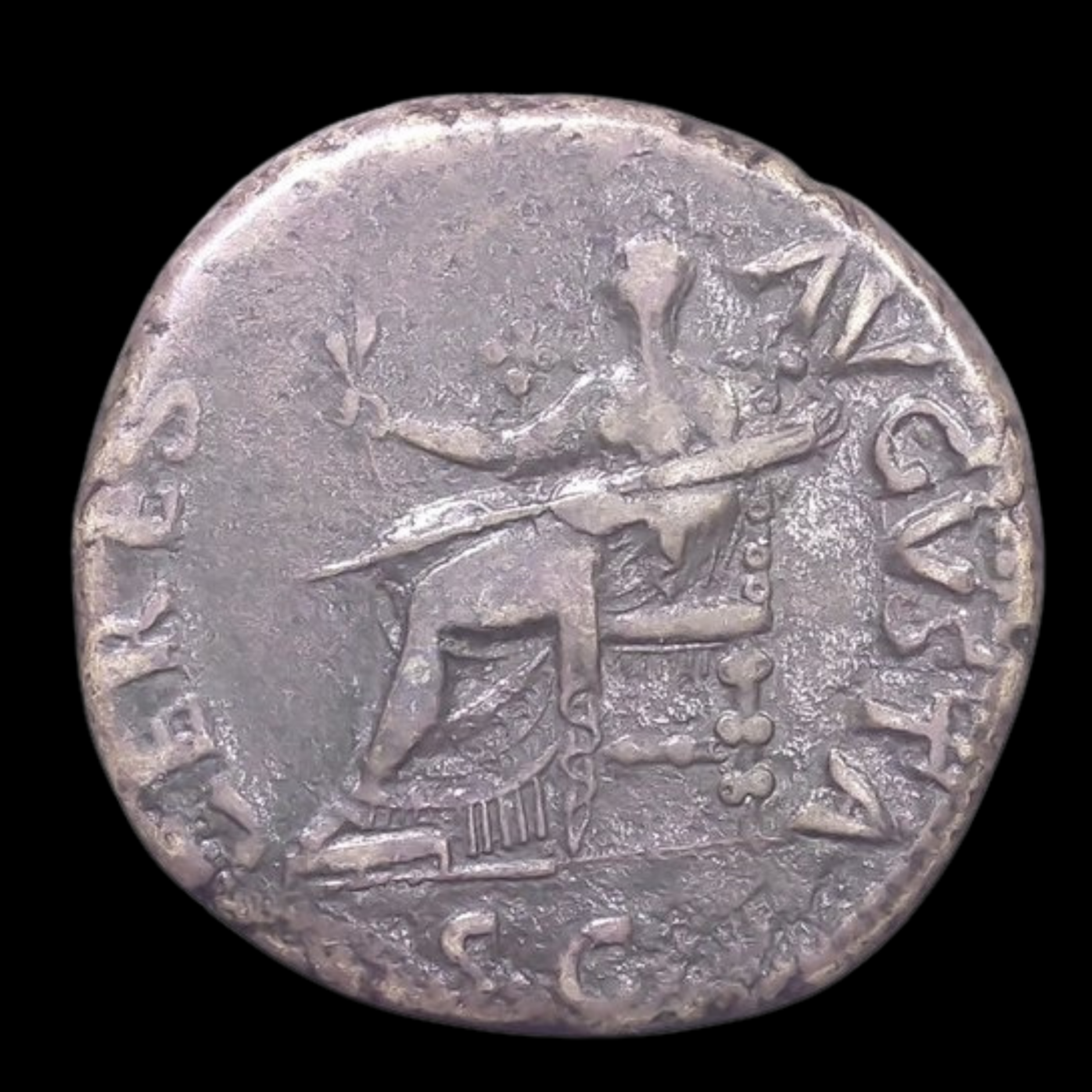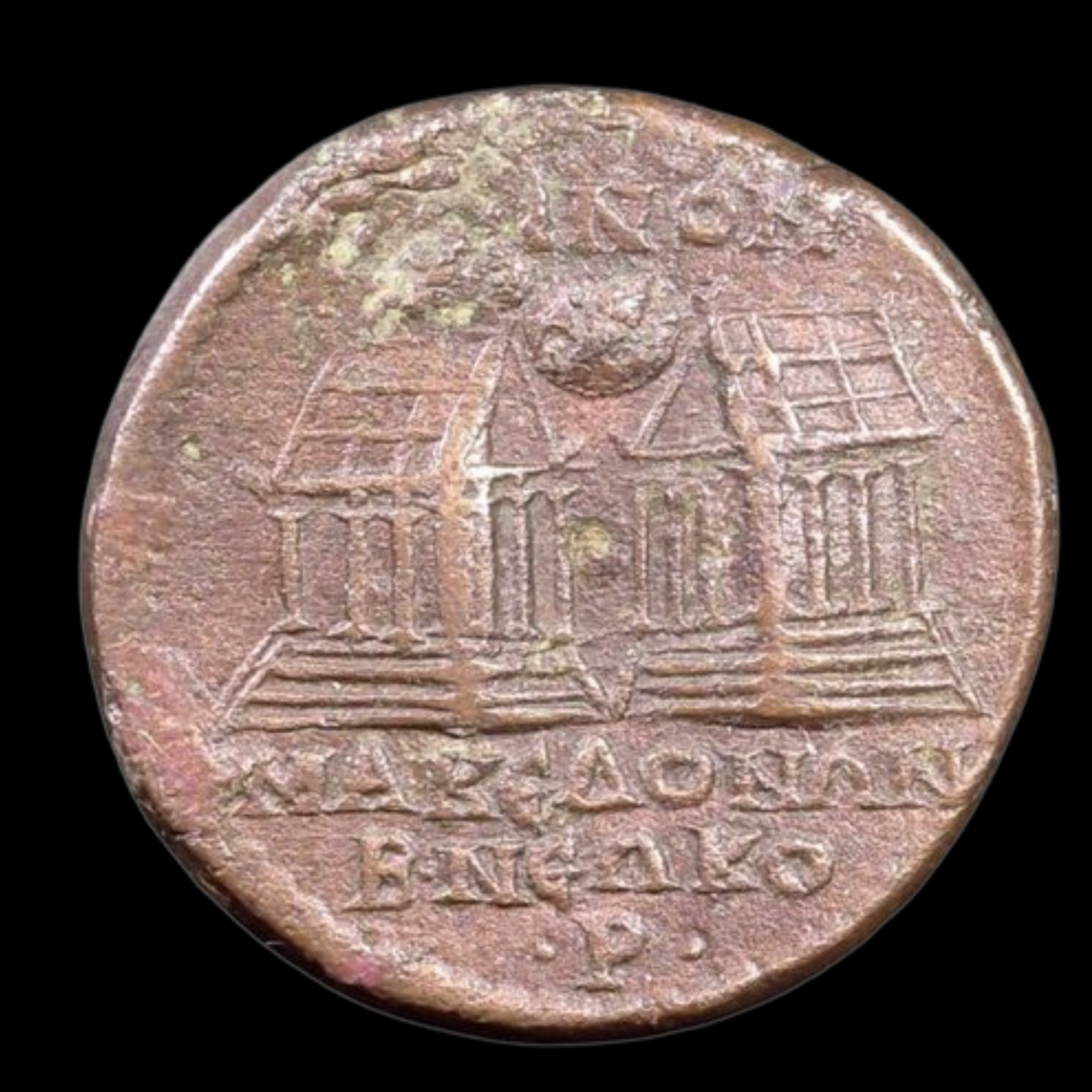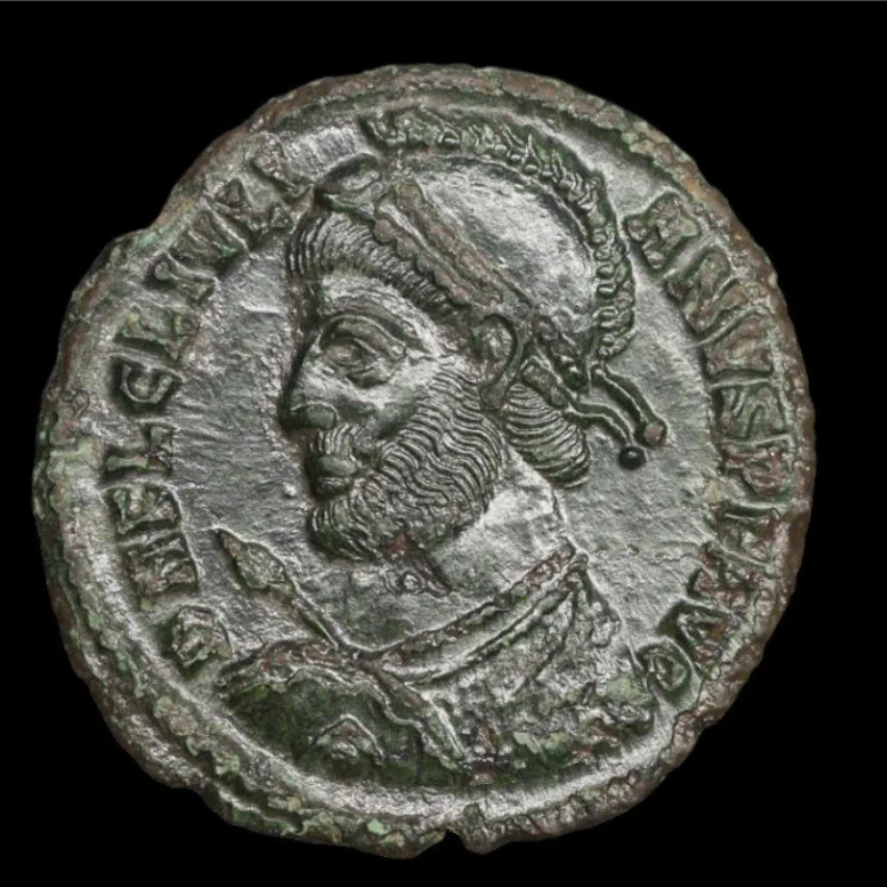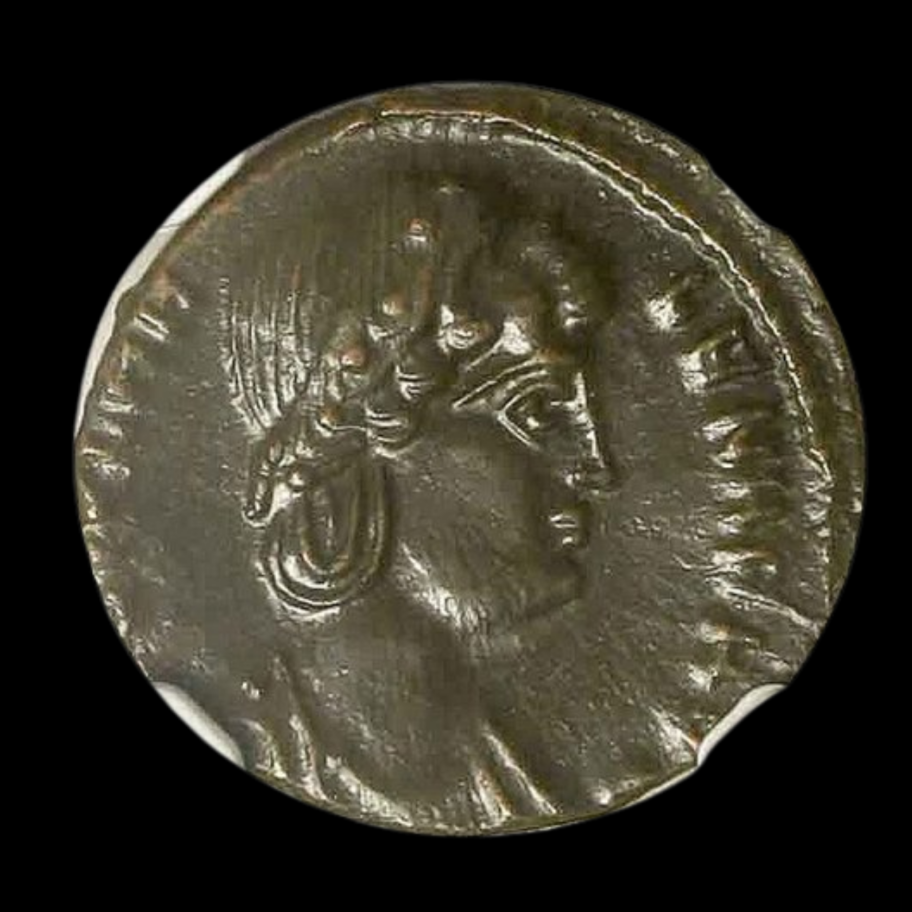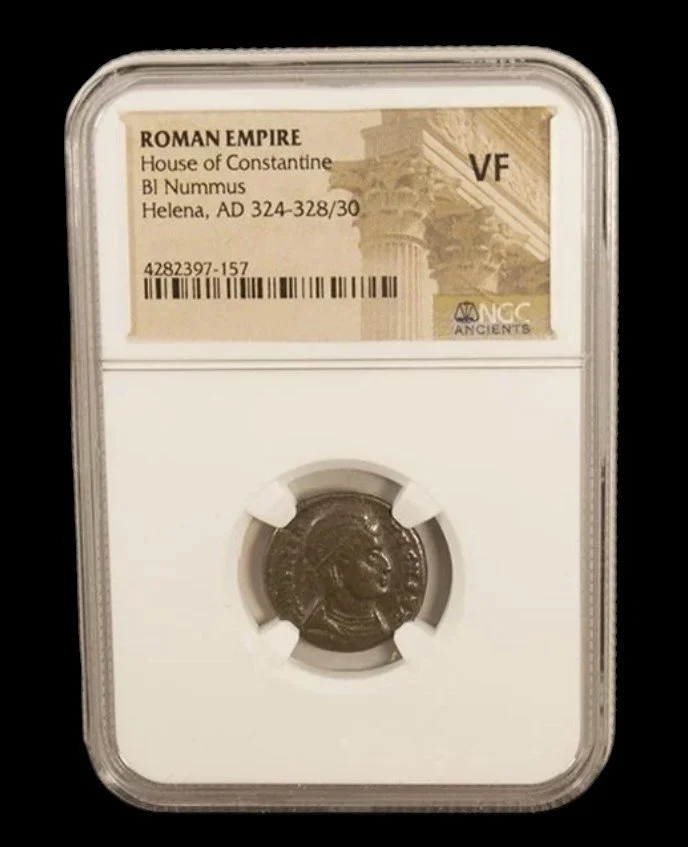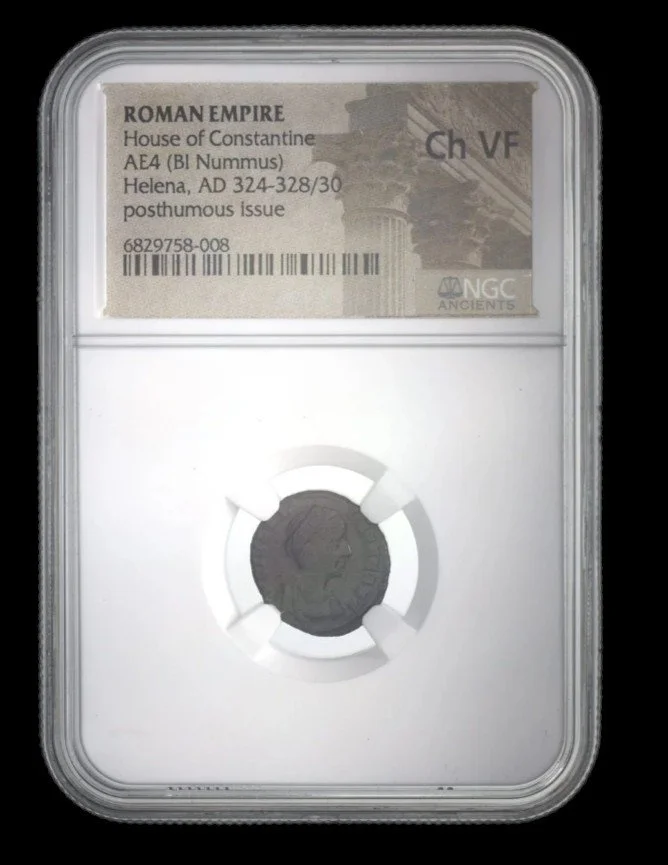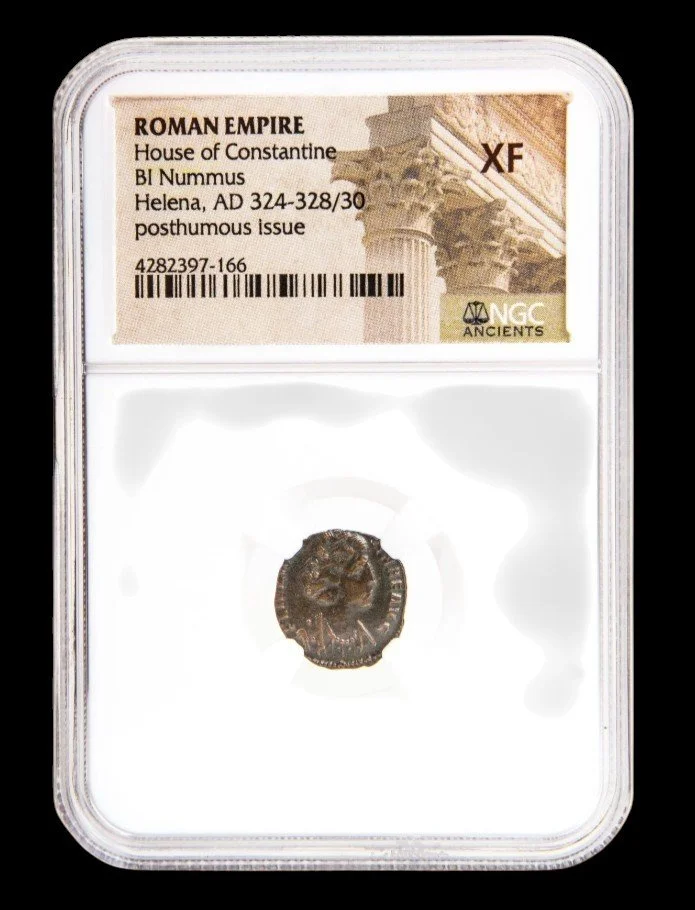 Image 1 of 6
Image 1 of 6

 Image 2 of 6
Image 2 of 6

 Image 3 of 6
Image 3 of 6

 Image 4 of 6
Image 4 of 6

 Image 5 of 6
Image 5 of 6

 Image 6 of 6
Image 6 of 6







Roman Bronze AE4 Of Leo I (about 1,555-1,575 years ago)
The coins shown are representative examples of the grade and type, but not the actual specimens for sale. For details on NGC’s grading standards and definitions, please refer to our NGC Grading page.
This small bronze coin (AE4 size designation) was minted during the reign of Emperor Leo I, known as "The Greek," who ruled the Eastern Roman Empire during a critical transition period. These small denomination coins would have been used for everyday transactions throughout the eastern Mediterranean.
Coin Description:
Front side: Profile portrait of Emperor Leo I wearing an imperial diadem, with his name and titles in Latin or Greek around the edge
Back side: Likely features Christian religious symbolism, victory figures, or imperial insignia common on 5th century Byzantine coinage
Technical Details:
Bronze composition (copper alloy)
AE4 denomination (smallest standard bronze coin of the period)
NGC certified (Numismatic Guaranty Corporation)
Minted between 457-474 CE in Constantinople or other eastern imperial mints
Condition: Certified by NGC, specific grade not provided
Historical Significance: This coin represents the early Byzantine period when the Eastern Roman Empire was establishing its distinctive identity separate from the declining Western Roman Empire. Leo I strengthened the eastern provinces while attempting to support the faltering west. His reign marked important transitions: he was the first emperor crowned by the Patriarch of Constantinople (establishing a religious tradition that would continue for centuries) and the first to legislate primarily in Greek rather than Latin, reflecting the empire's increasingly eastern cultural orientation.
The coins shown are representative examples of the grade and type, but not the actual specimens for sale. For details on NGC’s grading standards and definitions, please refer to our NGC Grading page.
This small bronze coin (AE4 size designation) was minted during the reign of Emperor Leo I, known as "The Greek," who ruled the Eastern Roman Empire during a critical transition period. These small denomination coins would have been used for everyday transactions throughout the eastern Mediterranean.
Coin Description:
Front side: Profile portrait of Emperor Leo I wearing an imperial diadem, with his name and titles in Latin or Greek around the edge
Back side: Likely features Christian religious symbolism, victory figures, or imperial insignia common on 5th century Byzantine coinage
Technical Details:
Bronze composition (copper alloy)
AE4 denomination (smallest standard bronze coin of the period)
NGC certified (Numismatic Guaranty Corporation)
Minted between 457-474 CE in Constantinople or other eastern imperial mints
Condition: Certified by NGC, specific grade not provided
Historical Significance: This coin represents the early Byzantine period when the Eastern Roman Empire was establishing its distinctive identity separate from the declining Western Roman Empire. Leo I strengthened the eastern provinces while attempting to support the faltering west. His reign marked important transitions: he was the first emperor crowned by the Patriarch of Constantinople (establishing a religious tradition that would continue for centuries) and the first to legislate primarily in Greek rather than Latin, reflecting the empire's increasingly eastern cultural orientation.










